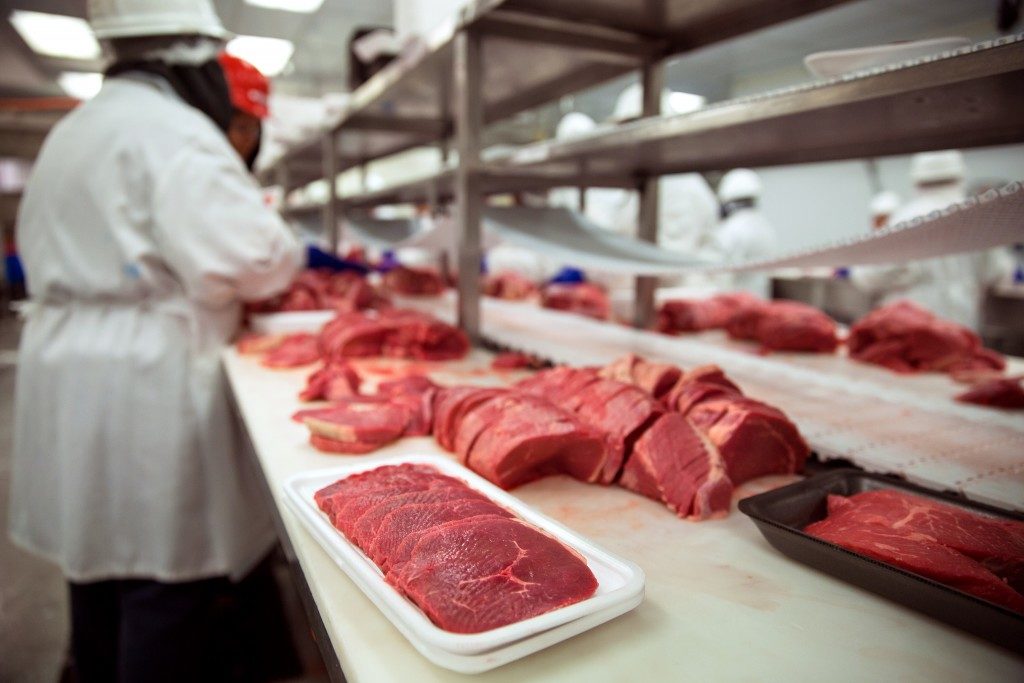When you’re eating, you should only be worried about how your meal tastes. You shouldn’t be concerned about finding something disgusting in your food. And this isn’t about unpleasant ingredients you might not like. This is about seriously disturbing and possibly harmful substances ending up in the food you eat.
Despite multiple agencies like the Food and Drug Authority and the Centers for Disease Control, various factors contribute to depositing gross things in food. The odds of such a product ending up in your fridge are shockingly common, with the CDC estimating that 1 out of 6 Americans will eat contaminated food annually. The following is a list of possible contaminants that routinely end up in your food and beverages:
Metal Shards
Reliable food packaging machinery, like durable filling equipment and similar machines, is the key to preventing inedible material from entering meals and harming consumers. Without proper machinery and protocols, metal shards can end up in the product.
In 2012, two large companies recalled enormous batches of products because of metallic shards and pieces in their food products. Bay Valley Foods had to pull over 70,000 of their boxed pasta products from the shelves because of metal shards.
Cereal conglomerate Kellogg started a much larger recall, pulling almost 3 million boxes of their Unfrosted Mini-Wheats and Bite-Size Frosted cereal because of contamination. Pieces of metal mesh had ended up in the food because of faulty manufacturing.
Material Other than Grapes
You’d think that it would be easier to spot contaminants and inedible fragments in beverages, but you’d be wrong. This is especially true for wine, due to the collection process of the grapes involved.
To create wine, grapes are harvested en masse and hand-sorted by workers. Although these hardworking employees do their best, there’s simply not enough time to remove everything that isn’t a grape from the barrels before the fruits are pulped. These substances are referred to by wine manufacturers as “material other than grapes” or MOG. These materials include all sorts of insects, like ladybugs, spiders, and earwigs.
Diseases

Some of the worst things that could end up in your food are bacterial and viral pathogens that cause diseases. Over the last few years, there have been dozens of recalls involving food contaminated by these pathogens. In the absence of vigilant controls and monitoring, hundreds of people can end up sick or worse.
Some of the most common pathogens include E. coli and salmonella. The latter was behind a huge recall by poultry provider Foster Farms. Not only do these pathogens cause millions of dollars in food wastage, but they also cause the deaths of 3,000 Americans every year.
Human DNA
Hotdogs are some of the most common food products. They’re so popular that vegetarian and vegan alternatives are available in the market. The hotdog has also been the target of many jokes regarding its ingredients. They can range from “mystery meat” allegations to accusations of being made from unsavory animal parts.
But you don’t need to embellish hotdogs to make them more horrifying. According to one source, approximately 2 percent of hotdogs contain traces of human DNA.
So what’s to be done about these contaminants? How can you be sure that your meals don’t contain human DNA or metal? The only thing to do is to trust that manufacturers live up to prescribed safety standards. Until then, bon appetit.


